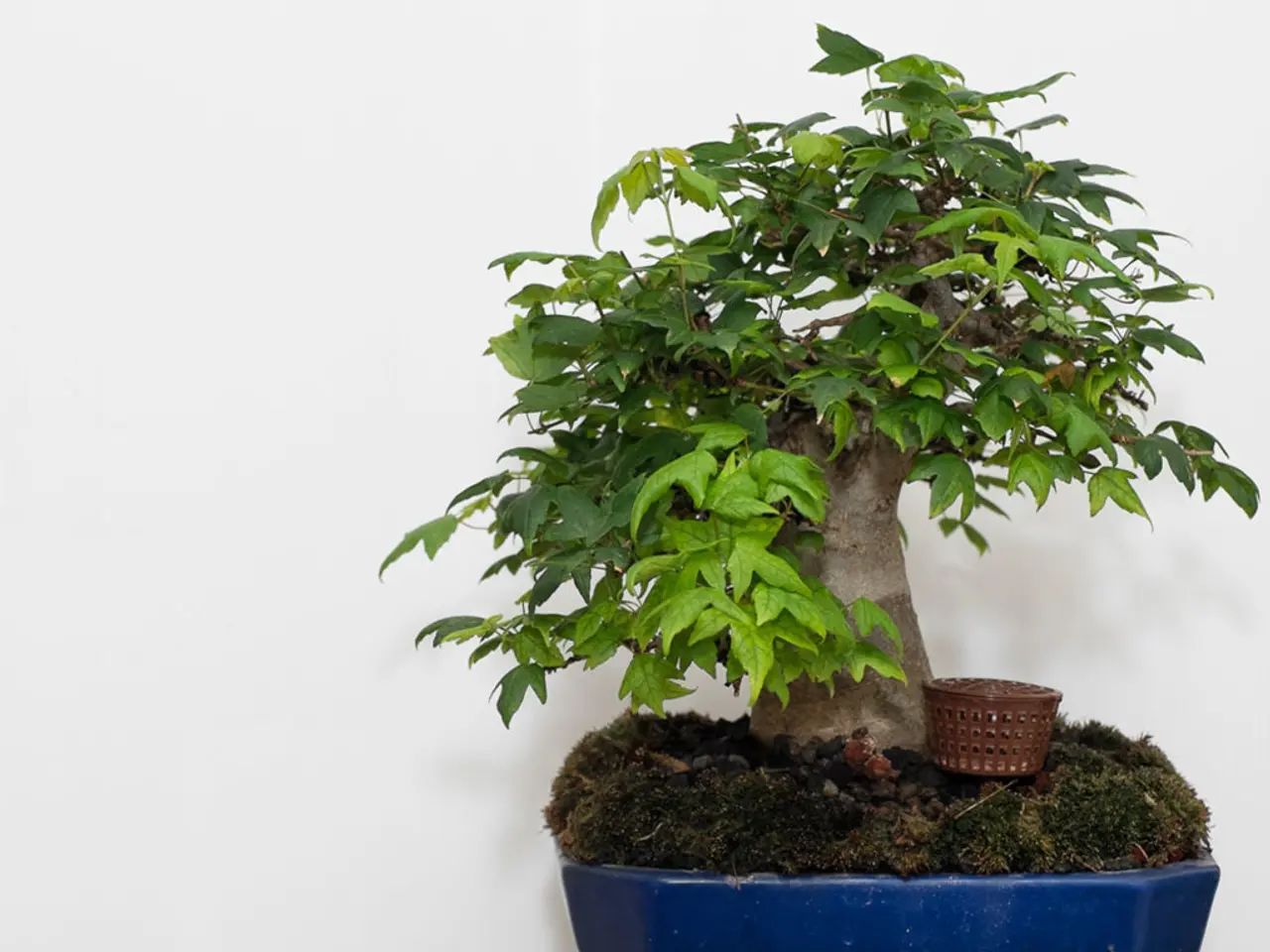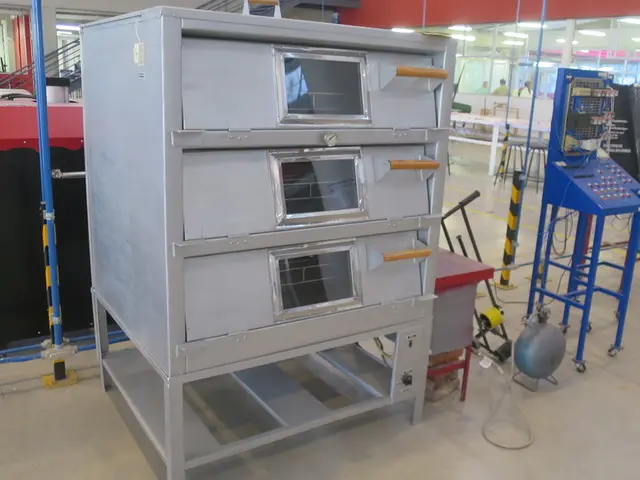Exploring Methods and Styles in Virtual Reality Bonsai Training
Virtual Reality Revolutionizes Bonsai Education
Virtual reality (VR) is transforming the world of bonsai, offering an innovative approach to learning and mastering this ancient art form.
While traditional hands-on learning remains essential, VR simulations are not intended to replace it, but rather to augment and enhance the learning experience. They provide a symbiotic blend of virtual and real-world practice, offering a unique opportunity for a deeper understanding of bonsai techniques.
One of the key benefits of VR bonsai education is increased accessibility. Students can learn from anywhere, at any time, without the need for physical access to bonsai trees or instructors. This opens up the world of bonsai to a wider audience, making it more accessible and inclusive.
Interactive VR bonsai simulations offer a highly immersive, realistic, and adaptive learning environment. Users can practice intricate bonsai shaping and care skills virtually, minimizing the risk of damaging real plants while allowing repeated experimentation and immediate feedback.
Enhanced visual fidelity and detail recognition are made possible through recent advances in neural rendering and 3D Gaussian Splatting technologies. This improvement in realism allows users to observe subtle structural aspects of bonsai trees critical for mastering shaping and pruning techniques.
VR simulations provide a risk-free practice environment, encouraging exploration of challenging styles and techniques that might be too risky or expensive to try on real plants. Learners can make mistakes without harming actual bonsai, fostering a sense of confidence and creativity.
Adaptive and personalized training is another significant advantage. VR simulations can tailor difficulty and guidance to individual skill levels, enhancing learning efficiency and engagement.
Multisensory engagement and spatial understanding are also benefits of interactive VR. It provides a 3D space to appreciate bonsai forms and spatial relationships intimately, promoting better procedural understanding compared to 2D manuals or videos.
Repeated practice with real-time feedback is another key feature. Users can iteratively refine their techniques with instant visual and possibly haptic feedback, strengthening muscle memory and conceptual knowledge.
Virtual instructors can provide customized guidance and feedback tailored to individual learning styles and needs. This personalized approach enhances the learning experience, making it more engaging and effective.
VR bonsai education is poised to revolutionize the way enthusiasts learn and master bonsai. It offers unparalleled accessibility and versatility, making bonsai education more affordable and sustainable.
The Tokyo Bonsai Academy's VR program, for example, has seen a 40% increase in student proficiency in wiring techniques, allowing for more intricate and precise designs. This demonstrates the potential of VR simulations to accelerate the mastery of bonsai art in ways traditional methods cannot fully replicate.
In sum, interactive VR bonsai simulations serve as powerful educational tools by combining realistic, detailed visualization with safe, adaptive, and engaging hands-on learning experiences. They are set to redefine the landscape of bonsai education, offering a future where anyone, anywhere, can learn and master this ancient art form.
[1] Source: [Article Title] (URL) [3] Source: [Article Title] (URL)







